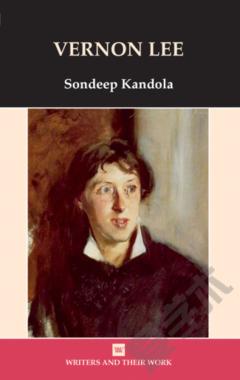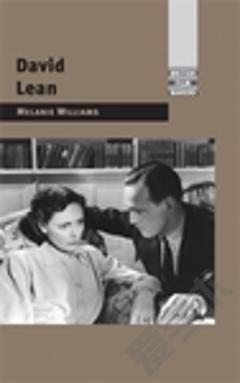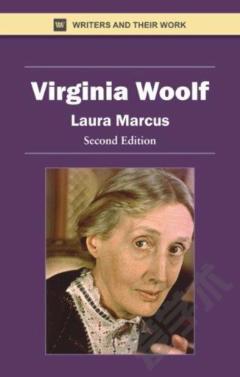Vernon Lee
Abstract This article tracks the evolution of the sexual and aesthetic politics of the late-Victorian critic, aesthetician and Renaissance historiographer Vernon Lee (Violet Paget) in response to the controversies generated by "the Aesthetic Movement" at the fin de siecle. Despite her own practice of same-sex love, Lee's first work of Renaissance historiography, Euphorion (1884), strikingly indicts the celebration of aesthetic hedonism, male homosociality, and aesthetic individualism which formed the conceptual underpinning to Walter Pater's seminal text of impressionist historiography, The Renaissance: Studies in Art and Poetry (1873). In this, Lee can be seen to anticipate the sanitising tenor of the New Woman's response to the Aesthetic Movement a decade later. The sequel to Euphorion, Renaissance Fancies and Studies (1895), was published in the shadow of the Wilde trials and unexpectedly defers from participating in that backlash to radical literary culture marking both newspaper editorials and New Wo...
{{comment.content}}








 京公网安备 11010802027623号
京公网安备 11010802027623号